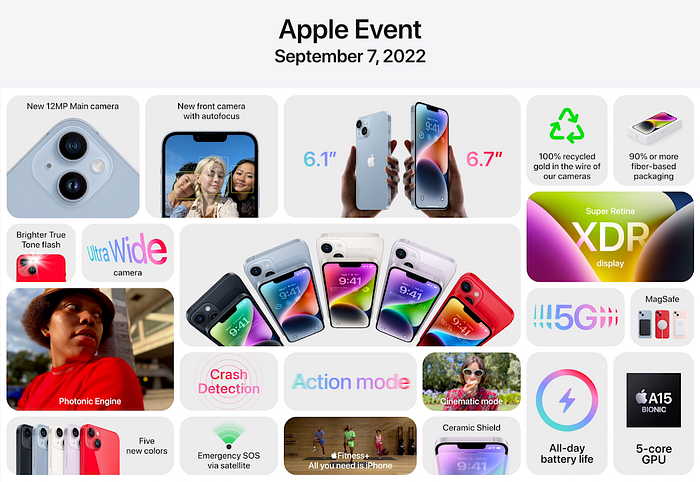The iPhone 14 introduces an intriguing new feature that Apple did not even mention, despite the fact that
The iPhone 14 introduces an intriguing new feature that Apple did not even mention, despite the fact that
iPads and competitors have been using it for years.
During the traditional September keynote, the new iPhone 14 series was unveiled. Apple announced four new phones — the iPhone 14, iPhone 14 Plus, iPhone 14 Pro, and iPhone 14 Pro Max — with interesting new features and improvements. The Pro model, in particular, has piqued my interest.
It did away with the long-banned top cutout. Instead, it received the so-called Dynamic Island, a space that changes dynamically based on apps, notifications, and background activity. The cancellation of the mini model for the base models is an intriguing change. Instead, Apple has chosen the iPhone 14 Plus
To make matters worse, the new Apple phones come with automatic crash detection, high-quality displays, and significant camera upgrades. However, the new generation includes an intriguing new feature that Apple did not mention once during its presentation. A secondary ambient light sensor is added to the iPhone 14 (Pro). But what good would that be?

Two ambient light sensors will be available on the iPhone 14 (Pro).
As previously stated, the new generation iPhone 14 (Pro) will be the first to include two ambient light sensors. Previous iPhones have always had a single sensor on the front of the phone that adjusts the brightness based on the ambient lighting.
In practise, this is the component that ensures the automatic brightness adjustment function works properly. Apple could put the secondary sensor on the back of the phone. It will most likely be included in the improved flash. But, before we look at what this component could be used for, let's take a look at the competition.
Surprisingly, Apple is only now disclosing this information. If we look at competing phones from tech giants like Samsung or Xiaomi, we can see that this tweak has been in their phones for years. The only possible exception is Google. The latter, like Apple, added a secondary ambient light sensor only in the Pixel 6, putting it well behind its competitors.
What is the purpose of a second sensor?
The main question is why Apple chose to include a second ambient light sensor. Because Apple hasn't mentioned this new feature, it's unclear what function the component will serve. The basic idea is, of course, to improve the auto-brightness feature.
However, experts say it is highly dependent on the specific implementation and subsequent use. In any case, there are some situations where one sensor may not be enough, and a second one is present.
In this case, the phone can compare input data from two sources and, based on this, provide the best possible brightness optimization, which a single sensor might not be able to do. In this regard, it will be interesting to see how the next generation moves forward.

Ambient light sensor
ReplyDelete